THE MEANING OF THE MEOW IN THE CAT
- Details
- Category: Feline news
- Hits: 329
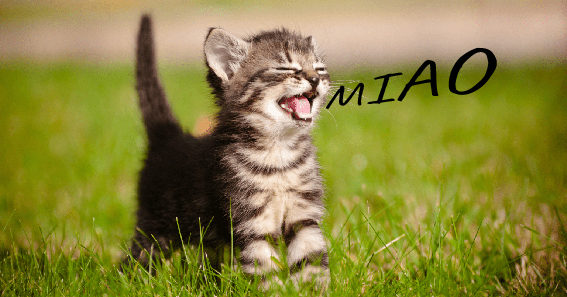
Let's see together the reasons why a cat meows or not
WHY CATS MEOW: Cats meow to communicate with humans and other cats. Here are some common reasons cats meow:

Let's see together the reasons why a cat meows or not
WHY CATS MEOW: Cats meow to communicate with humans and other cats. Here are some common reasons cats meow:
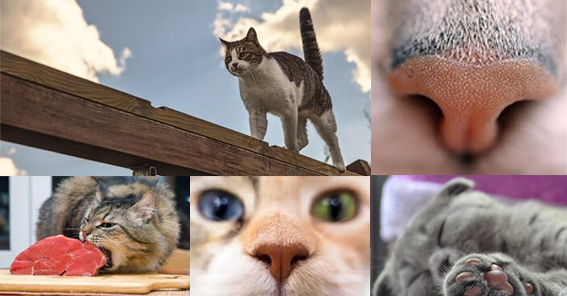
Cats are equipped with a set of senses that help them adapt and interact with their surroundings. Highly developed almost magical senses that approach superpowers. Let's see them together one by one:
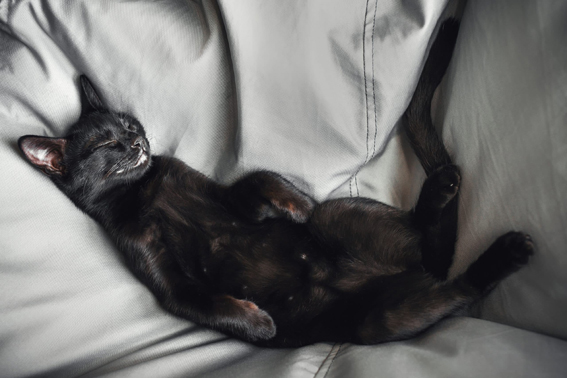
The positions assumed by cats during sleep can have different meanings. However, it is important to remember that everyone has their own individuality and that positions can vary from cat to cat. Here are some of the most common sleeping positions cats assume and some possible meanings:
Read more: THE MEANING OF THE THOUSAND SHAPES OF THE SLEEPING CAT
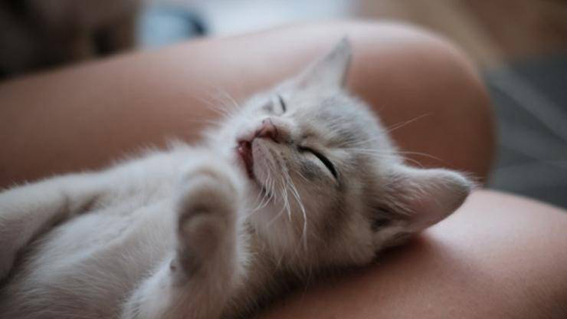
There can be several reasons why a cat might sleep on a person. Here are some possible explanations:
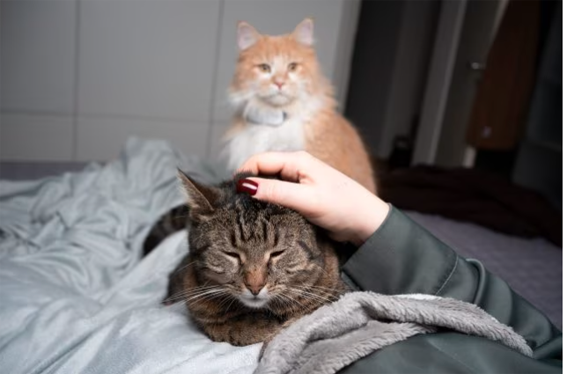
Jealousy in cats is an interesting and controversial topic. Many cat owners claim to have noticed behaviors that could be interpreted as jealousy from their feline, but it is important to note that there is no scientific consensus on this issue.
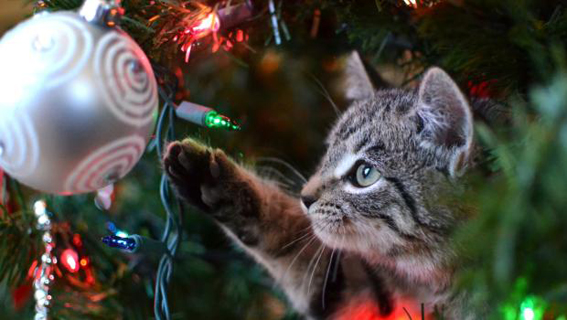
During the Christmas season, there are several things that can be dangerous for our cats, even though we often don’t think of them right away. Here’s a list of the main ones:

The Christmas holidays can be a stressful time for cats due to changes in routine, new decorations, and visits from friends and relatives. Here are some tips and precautions to ensure your cat feels safe and comfortable during the festive season:
Read more: CHRISTMAS HOLIDAYS AND STRESS FOR OUR FURRY FRIENDS

The climate has changed and we find ourselves living many months of the year in mild temperatures. This temperature causes the ants to stay longer on the territory, sometimes creating many problems.
How to protect the bowls of our friends from these little unwelcome guests?
What could be the best solution?

Romeow is a food and water dispenser for cats and small or medium-sized dogs that can be managed remotely via an application for smartphones and tablets.

Cats love to hide and find secret places to hide. They are very curious and spend a lot of time exploring every corner of the house. They find secret passages and search every most unusual corner of the house and garden. Curious, they venture into furniture, wardrobes, shoe racks, chests, sometimes learning to open them with very skilful skills. They love to spend their time hidden in the blankets, cocooned like worms or under the bed. They could remain hidden for hours without responding to our calls, driving us mad with fear.

It may happen that you have to travel or go on vacation with our 4-legged friend using the plane. In order not to find ourselves unprepared and stuck at the airport on the day of our departure, it is good to know some fundamental rules to be able to board our friend without surprises, unexpected events and problems.
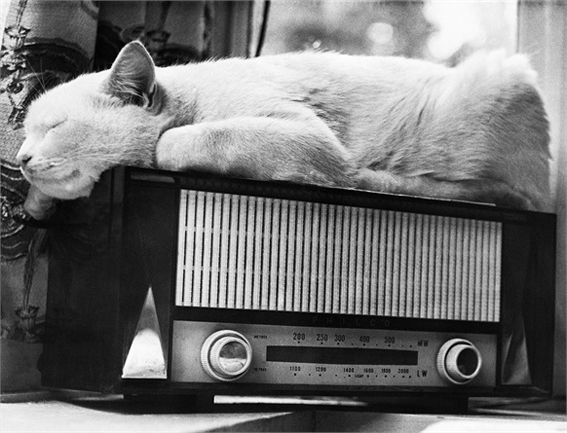
The cat has exceptional hearing. His ears can hear faint noises that we humans will never be able to hear. We can perceive sounds at a frequency of up to 20,000 cycles per second. Cats reach more than 65,000 cycles per second and are able to hear sounds that are only within the reach of bats.

It often happens that while we are stroking and cuddling our cat, he remains at first relaxed, serene, giving us a lot of purring and then turning into a fierce feline that bites us by taking our arm hostage and leaving us sore and dumbfounded.
Read more: DOCTOR JEKYLL AND MISTER HYDE. BECAUSE THE CAT BITES ME WHEN I CARRY IT

Crucial to introducing a new furry friend into your home is how you introduce them to your family members. This phase is very delicate and it will be necessary to act correctly and not make mistakes.

It is late at night, we are sleeping soundly when "someone" starts running wildly around the house, jumping on furniture, sofas and beds, emitting disturbing meows. That someone is our beloved feline who at night sometimes feels the need to go wild waking up the whole house.
Read more: THE CRAZY NIGHT RUNS OF THE CAT. LET'S EXPLAIN WHY

Cats prefer women. The sensitivity and empathy of cats leads them towards the soul and the more "delicate" nature of women compared to that of men, establishing a stronger and deeper bond than the male gender.
There are at least 5 reasons that lead them to trust the woman more.

Cats can go blind suddenly or gradually. They can be born blind, lose their sight as a child due to respiratory viral diseases that often afflict puppies or as adults as a result of diseases that can afflict them.

Knowing our cat means understanding his solitary and group habits, his needs, his behaviors and his communication: vocal and bodily. It is necessary to observe in nature (without the presence of man), how he behaves, how he interacts with other cats, what he loves, what he wants to avoid and what he fears.
Read more: KNOW THE NATURE OF OUR CAT TO CREATE A UNIQUE FEELING
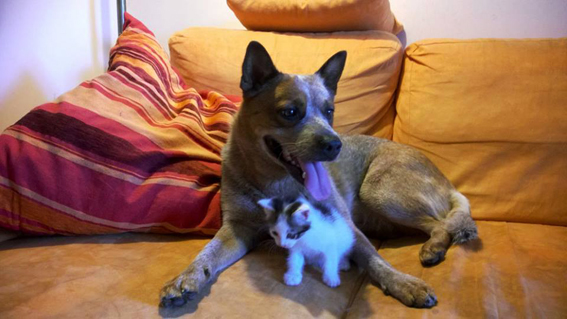
Cats and dogs have conquered a very important position within our families: they have become real family members. They shower us with their unconditional love without asking for anything.
Read more: ARE YOU MORE DOG OR MORE CAT? WHAT IS YOUR MOST INTIMATE PERSONALITY?

L’Imprinting* it is fundamental for all living beings. Including cat. If the kittens and their mothers have had a good imprinting with humans, they will surely be well disposed and sociable with people. However, we must not run the risk of being too present and touching the little ones excessively so as not to push the mother cat to move and hide them.
